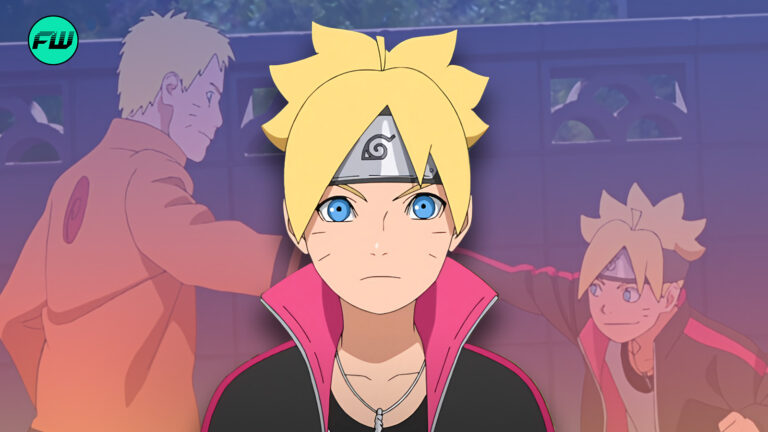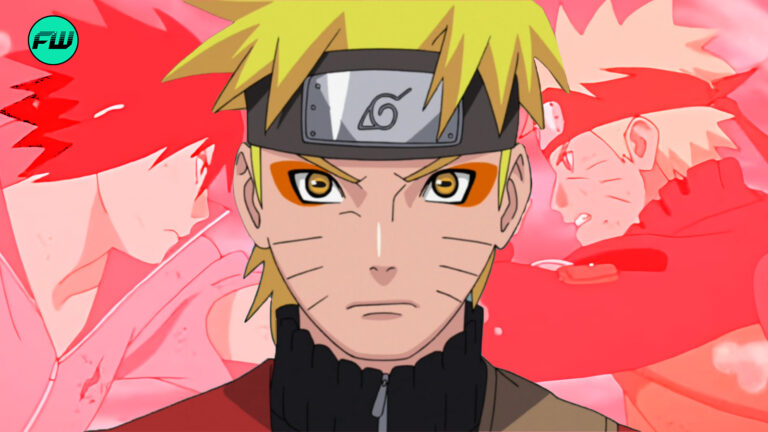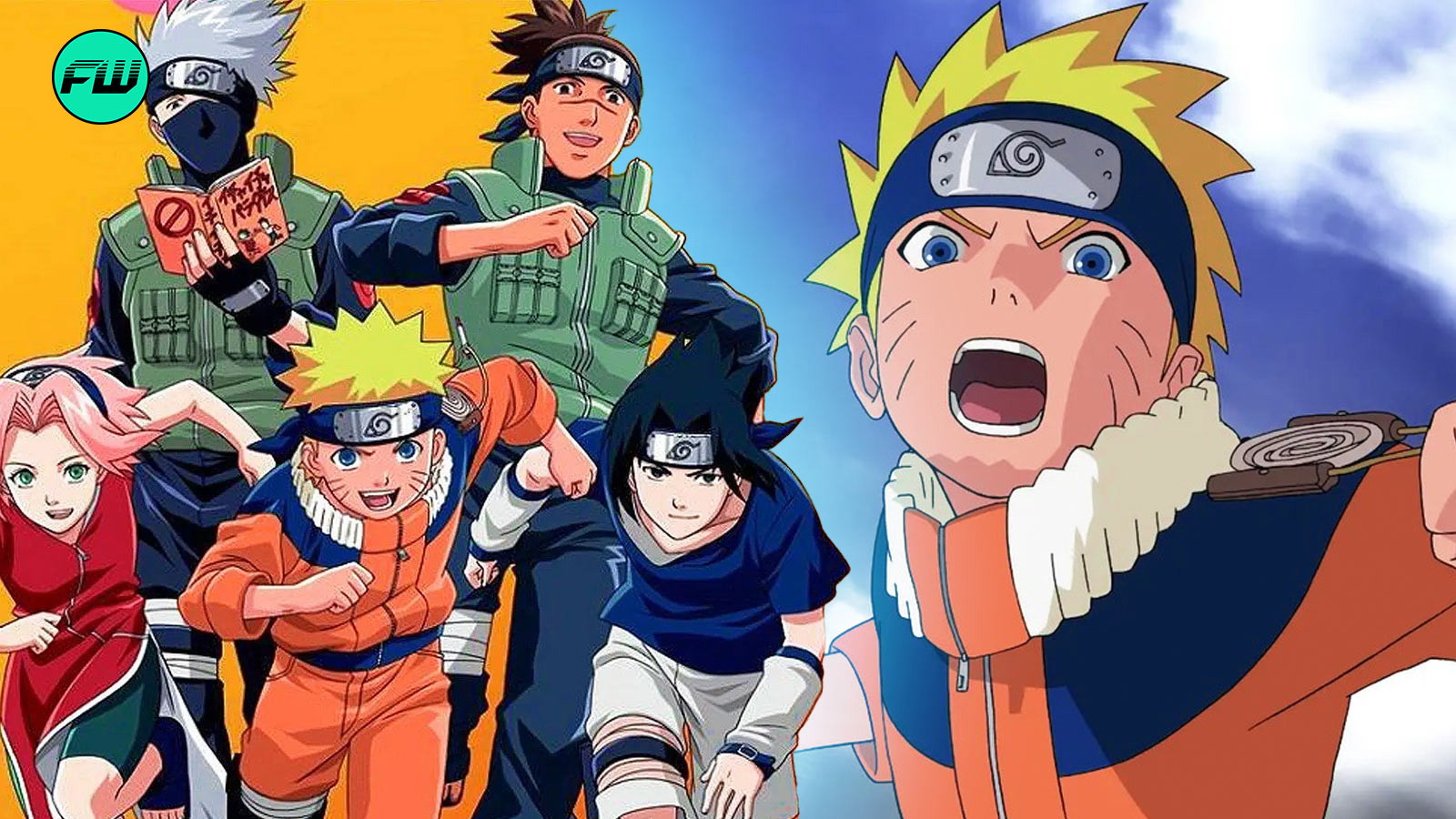
Mangaka are not much different from the Shonen protagonists, especially when we consider the hardships they go through to achieve their goal. Even renowned mangaka like Masashi Kishimoto faced several challenges before Naruto became as popular as it is now.
From weekly deadlines to grueling schedules, mangaka go through a lot to bring their vision to an audience that appreciates it. Naruto has found that audience, but the road to recognition was a rocky one for Kishimoto. During an interview, the mangaka shared how the journey starts.
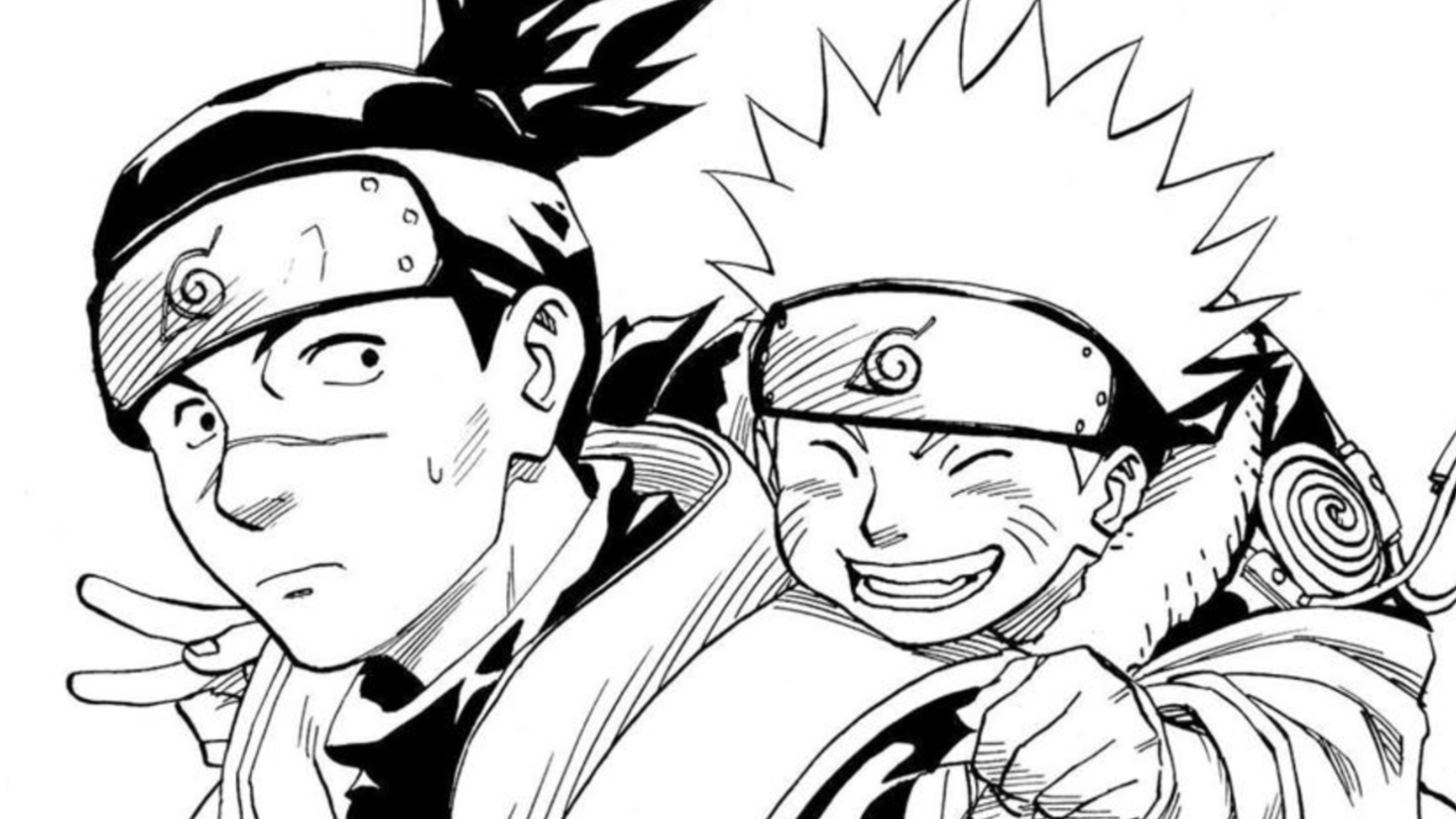
His words suggest that even before a manga gets greenlit, the creators are already in a high-pressure zone. Apart from planning the story, they have to look out for the potential reception as well. This pressure comes from strict guidelines, and here’s what they entail.
Masashi Kishimoto shares the journey to Shonen Jump and beyond
Getting your name etched in the pages of Shonen Jump is a dream for many, but that’s where the journey starts. Even after the first chapter or serialization, the creator needs to work extremely hard to establish themselves. Masashi Kishimoto shared the Shonen Jump guidelines a mangaka initially needs to follow during an interview with nippon.com. He explained:
With a magazine like Shōnen Jump, you produce three issues’ worth of your material that’s up for consideration, and the editors decide whether to publish you based on that. If you make it past that stage, you’ve got about two months until your series kicks off in the magazine.
The mangaka seems to be sharing the general guidelines for Shonen Jump, but it’s safe to assume that he followed them as well. The process starts with getting approval for three issues of your work. While that seemingly secures your position in Shonen Jump, the next step is to maintain that position.
This makes the first two months extremely intense, as you could basically lose the chance that millions wish for every day. From getting the manga greenlit to catching the audience’s attention, there’s a long road ahead of getting your work to the pages of Shonen Jump.
Kishimoto traversed through all of that, and now Naruto is recognized as an important part of Shonen’s history. The anime has garnered critical and commercial acclaim and continues to remain a prominent part of fan discussions. All that glory somewhat overshadows the struggles of the creator.
Masashi Kishimoto isn’t much different from Naruto
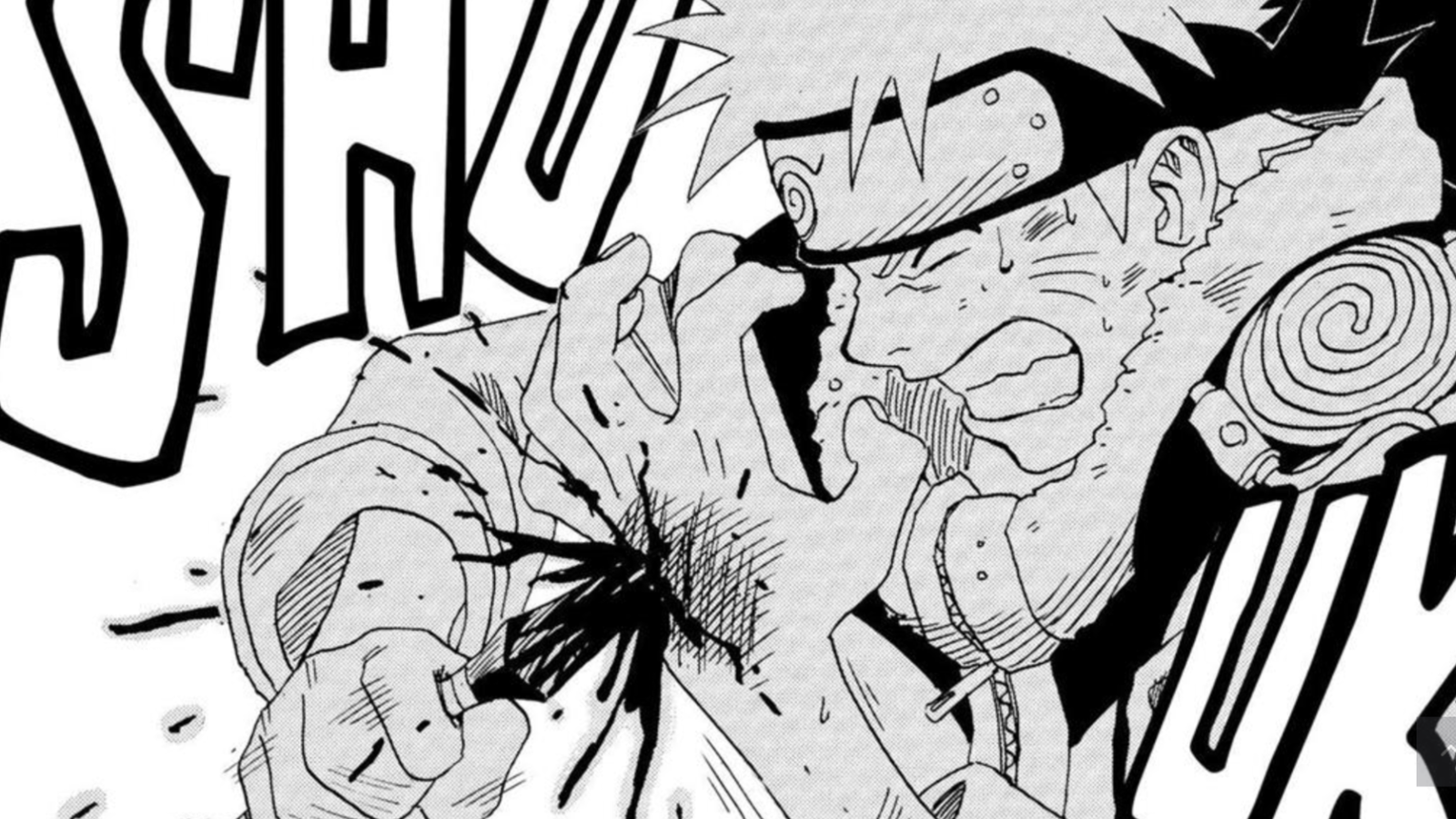
Even after Naruto gained recognition from international audiences, there were hundreds of weeks (of serialization) where the mangaka must have been concerned about the deadlines. The overwhelming hours that go into a manga and the negligent work-life balance sound debilitating.
H
However, the mangaka persevered through all of that just like a Shonen protagonist. The sheer willpower and dedication that went into the manga is beyond admirable. And, every stroke, every panel is a testament to that hard work.
Naruto is available to read on the MangaPlus app and website.
This post belongs to FandomWire and first appeared on FandomWire
